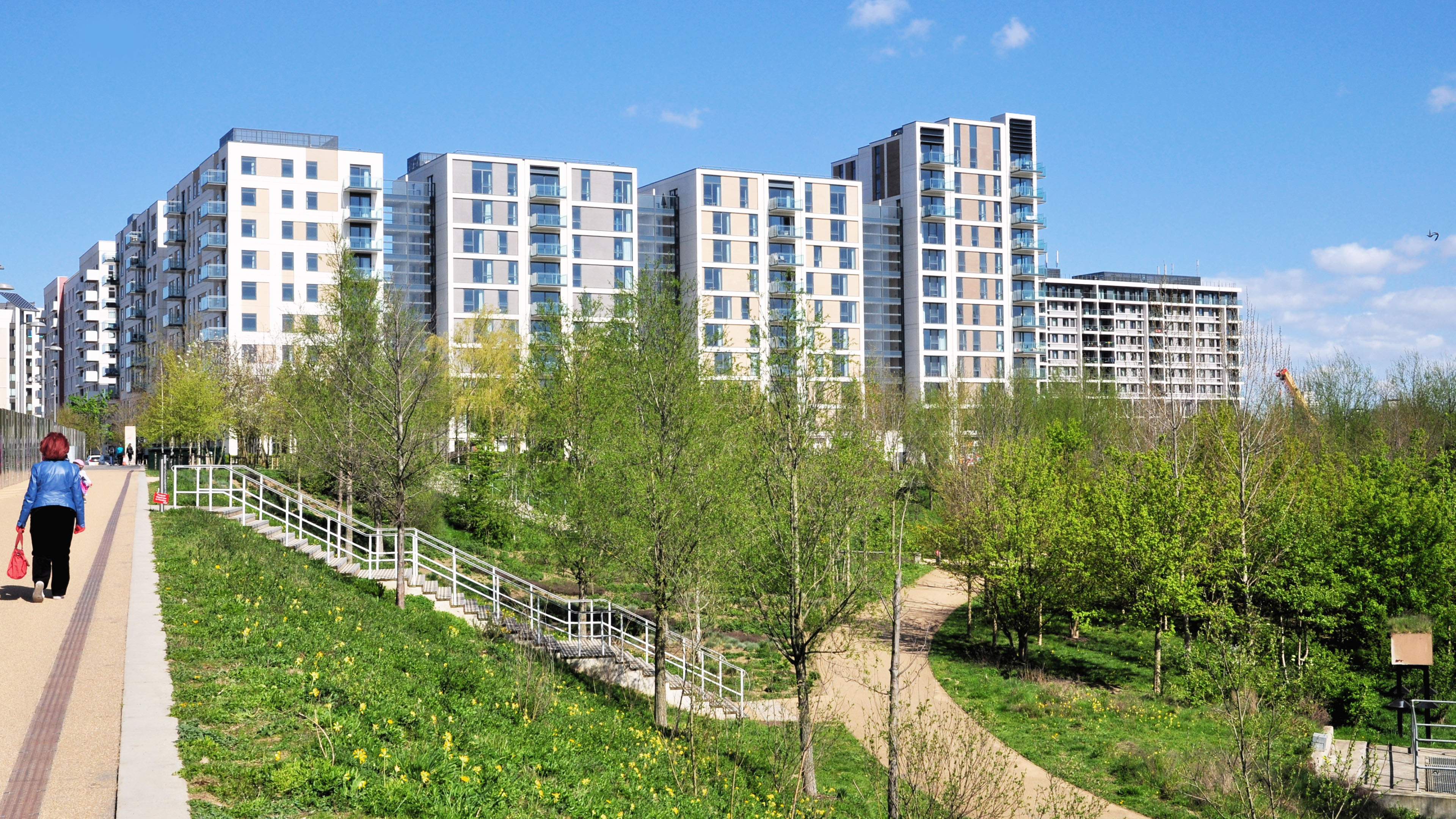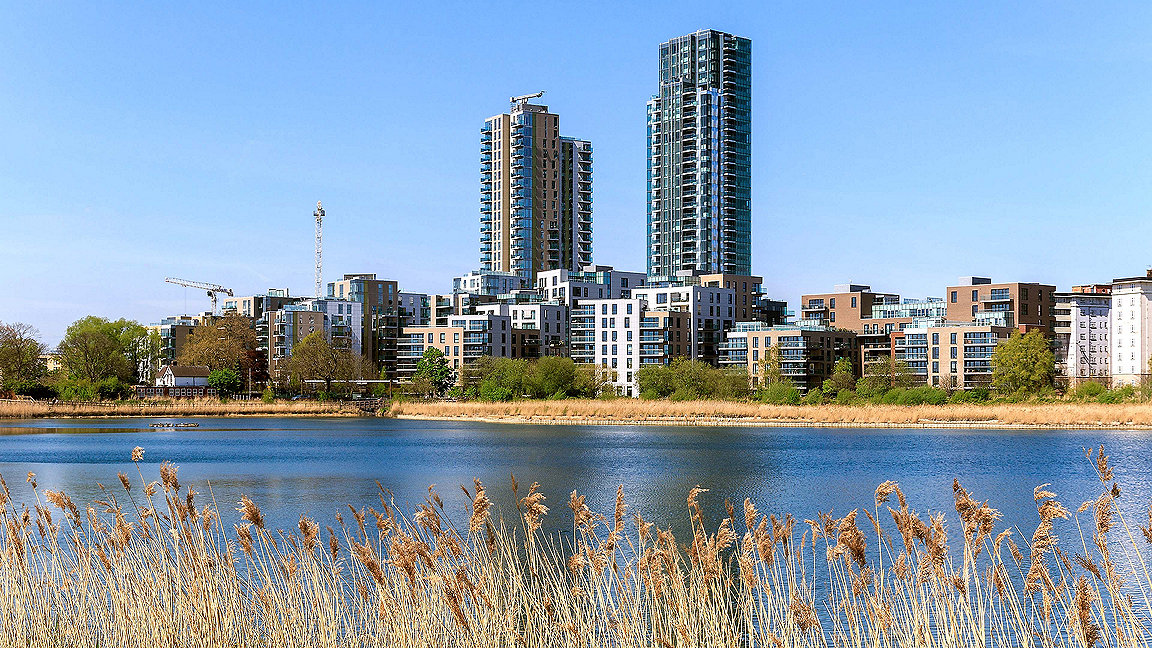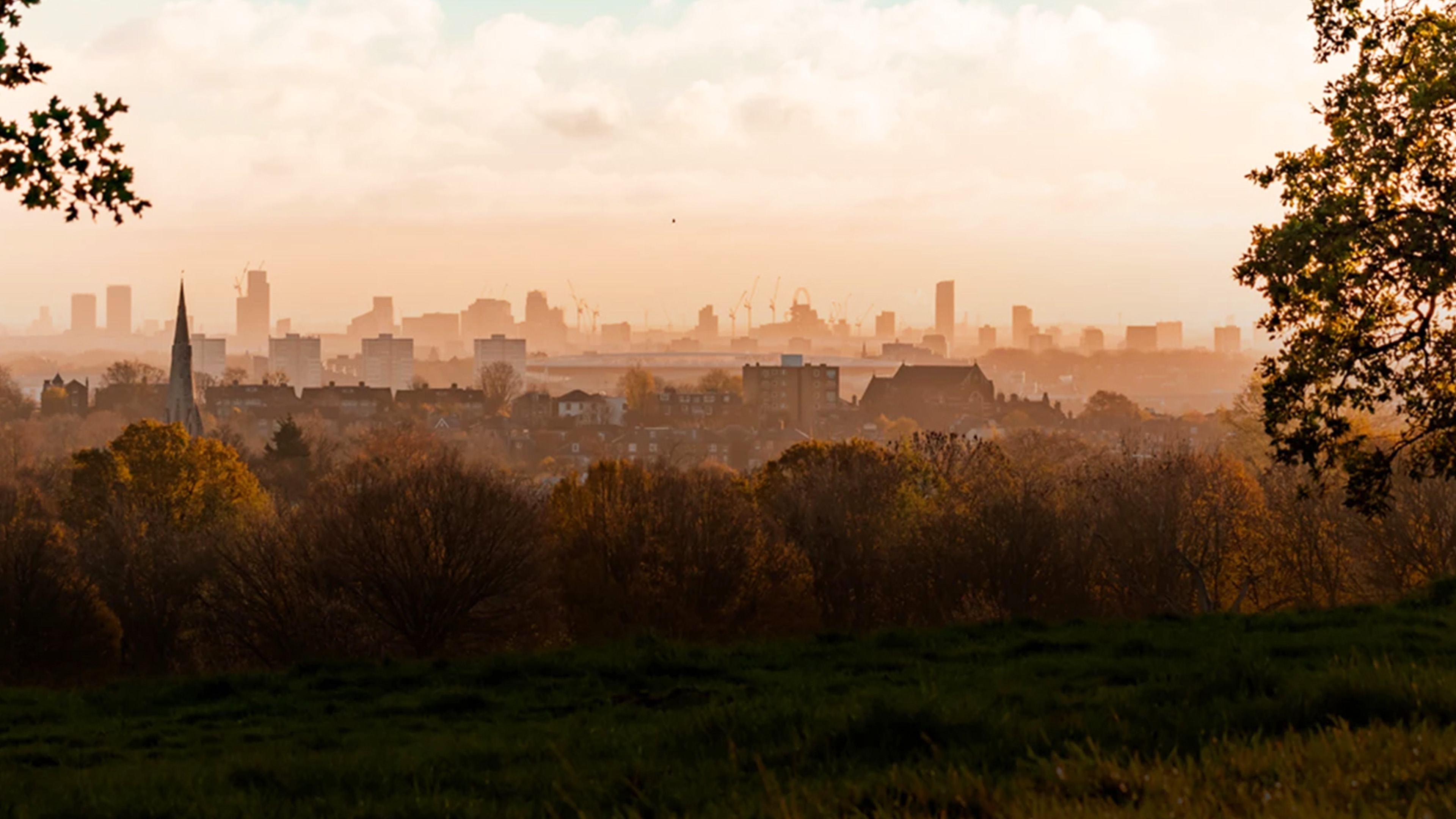Biodiversity across the world is under intense pressure because of climate change, over-development and pollution. To halt this rapid decline, a new approach to restoring vital habitats and ensuring development can work more harmoniously with nature is on the horizon – biodiversity net gain (BNG).
In England, new legislation in November 2023 will stipulate that every new development must measurably improve the biodiversity of its site by a minimum of 10%.
The move comes under the Environment Act 2021 and heralds an enormous change for the built environment sector. It will affect all development projects, without exception, and is designed to ensure that more biodiversity is gained than is lost through development.
“It’s set to revolutionise and restore the natural environment,” says Emma Toovey, ecology director at Environment Bank, which provides BNG Units through its habitat banks. “If used in the right way, it can also be an enabler for developers to support sustainable economic growth.”
Biodiversity net gain has had a two-year transition period to ease it in for both developers and local planning authorities. This ends in November and from then requirements for a measurable 10% biodiversity gain will be consistent across the country and mandatory for all developments. “There is no scope for local planning authorities (LPAs) to reduce the requirement based on viability or other issues,” warns Toovey. “In some cases, the LPA may require more than the statutory 10% increase.”
Replacing lost biodiversity
Meeting biodiversity net gain will not be simple. Every developer applying for planning permission will need to compile a biodiversity gain plan. This will set out the environmental impact of the development by working out the potential lost habitat in biodiversity units, which are calculated using a specific metric from the Department for Environment, Food and Rural Affairs. The plan will then have to set out how that lost biodiversity will be replaced, plus how it will create a minimum increase of 10%.
This can be achieved, in the first instance on the development site and then offsite, if needed, through nature recovery projects. The plan must also demonstrate how the developers will manage, monitor and report to regulators on the condition of the new habitats for a minimum of 30 years.
The final requirements for BNG, including the statutory metric, are due to be outlined in secondary legislation, which is expected by the spring. However, the CIEEM/IEMA/CIRIA Biodiversity Net Gain Good Practice Principles for Development currently provide a guide for the industry.
For developers, the move means BNG will become essential for meeting planning approval. The regulations come with a pre-commencement condition on all planning applications, which means a biodiversity gain plan must be submitted and approved by a local planning authority before any construction can begin. So, developers will need to consider BNG from a very early stage to reduce the potential for planning rejection, a costly site redesign or a reduction in development site size. “BNG can be confusing, costly and time-consuming for developers, especially if left until the latter stages,” explains Toovey. “It’s integral to meeting planning requirements, and applications are far less likely to succeed if BNG is tackled at the end of the planning process.”
Under BNG, developers can meet their requirements by setting aside specific land on their site for new habitat creation. These will be set out through the biodiversity net gain plans. Often, however, this may not be enough, and developers will need to find offsite habitats or ‘biodiversity units’ to meet their BNG requirements.
“It’s set to revolutionise and restore the natural environment” Emma Toovey, Environment Bank

Stratford, London
Having enough land to create the right habitats
“Good ecological principles incentivise BNG creation as close to the habitat loss as possible, for example on the development site,” says Toovey. “Onsite involves setting aside developable land for the habitat creation. On the face of it, this is the most straightforward solution.” But, Toovey says, this may not be possible for every development. “The conditions needed to deliver high quality, biodiverse habitats, such as sufficient space, can be limited.” She points to a survey from sustainability charity The Land Trust, which found that developers were overwhelmingly concerned about having enough land on their sites to create the right habitats. Developers, Toovey warns, may also struggle to maintain and monitor the new habitats over the required 30-year term, particularly in residential schemes.
Where the creation of onsite habitats is not possible, Toovey says developers can work with offsite habitat bank schemes, like Environment Bank, to find biodiversity units to meet their requirements. “Environment Bank secures landscape-scale nature recovery projects, working closely with landowners who are contracted for the long-term management of the land to ensure the best outcomes for nature,” she says. “This creates an uplift in biodiversity value on the land that can be measured and sold to developers in the form of biodiversity units to meet their BNG planning requirements.” Developers, she adds, can buy or reserve the BNG units they need.
She says companies like Environment Bank can provide a national planning framework for developers, advise on biodiversity best practice, supply the right habitat bank for their area, and work with local planning authorities.
“Applications are far less likely to succeed if BNG is tackled at the end of the planning process” Emma Toovey, Environment Bank
Managing biodiversity
Environment Bank, set up by UK ecologist Professor David Hill, has been awarded £220m of private investment to create a network of habitat banks across England to raise BNG Units for offsite mitigation. Toovey describes its model as a “coordinated, efficient and risk-free solution” managing the entire end-to-end process.
It starts at the pre-planning stage to find a development’s specific biodiversity needs. Then its team of ecologists work directly with the local planning authority to finalise all the BNG requirements needed for planning approval. The legal responsibility for the habitats is transferred to Environment Bank, which becomes accountable for the creation, monitoring and reporting on the new habitats. It also has responsibility to ensure that the new habitats comply with the BNG regulations as set out in the Environment Act.
“Critically, once the BNG Units are drawn down and the related biodiversity condition discharged, all the liability for BNG mitigation is passed to Environment Bank, and not the developer. Our team of ecologists undertake all the monitoring and reporting for the full 30-year term,” says Toovey.



